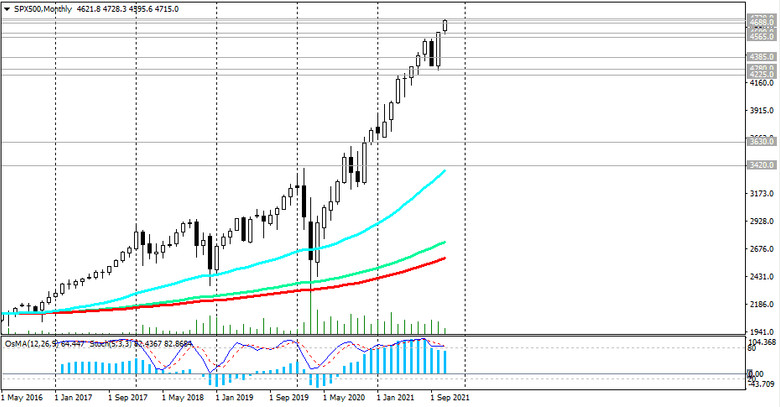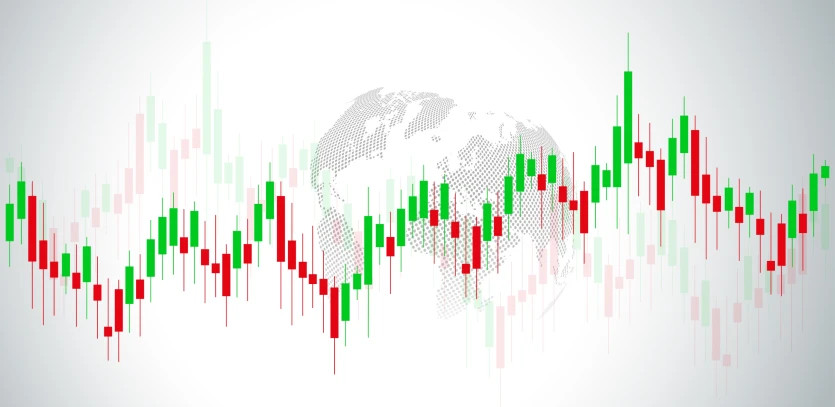The last full trading week of this month has begun, which will also be marked by a decline in trading volumes towards its end. Banks and exchanges in the United States will be closed on Thursday 25 November for Thanksgiving. From this day begins the festive season, which includes Christmas and continues until the New Year. November 26, 2021 - the United States has a shorter working day as part of the continuation of Thanksgiving celebrations. Trading floors in the country will be open from 9: 30-13: 00 (New York time) or from 15:30 to 19:00 (GMT).
The next week will be a transitional one between November and December, and already at the beginning of December, many major financial market players will begin to sum up the results of the outgoing year, balancing their investment portfolios. This year, overall, has been successful for both the dollar and the American stock market.
Major US stock market indices rose significantly in 2021. For example, the S&P 500 broad market index has added 25% to date since the beginning of the year. This was facilitated by a number of reasons, one of which and the main one was the super-soft monetary policy of the FRS. As you know, since March 2020, the interest rates of the American central bank have been kept in the range of 0.00% -0.25%. The volume of the QE asset purchase program from June 2020 until the November meeting of the Fed was $ 120 billion per month.
At its November meeting, the US Federal Reserve approved a plan to wind down the asset purchase program (this process begins in November and should end by June next year), leaving interest rates unchanged. Under this plan, the Fed is to cut bond purchases by 15 billion in November and another 15 billion in December. According to its management, such a reduction in the volume of acquired assets "is likely to be appropriate every month", although it is ready to adjust the pace of curtailing purchases, "if it is justified due to changes in the prospects of the economy".
While economists believe that the recent acceleration in inflation is not temporary and is not related to supply chain disruptions, the US central bank will not rush to raise interest rates as the labor market has not yet fully recovered, still considering elevated inflation to be temporary.
But, despite the decision made by the FRS leaders to start curtailing the quantitative easing program, the monetary policy of the US central bank remains soft.
A decrease in the size of the Fed's purchases in the bond market will mean a decrease in the volume of dollar liquidity in the financial markets, which, in theory, will lead to an appreciation of the dollar.
At the same time, the current lending conditions under practically zero interest rates remain very comfortable for American businesses. The recent positive macro data from the US and corporate reports indicating an increase in the income of American companies also instill confidence in the continuation of the recovery of the American economy and the growth of stock indices.
At the time of publication of this article, S&P 500 futures are traded in the zone of absolute record highs reached last Friday near the 4728.0 mark.

The positive dynamics continues, and the bet on continued growth, including in anticipation of an almost traditional pre-New Year rally, will be absolutely justified. A breakdown of the local resistance level 4728.0 will become a signal to build up or open new long positions (see the alternative scenario in the article "Technical Analysis and Trading Recommendations").





